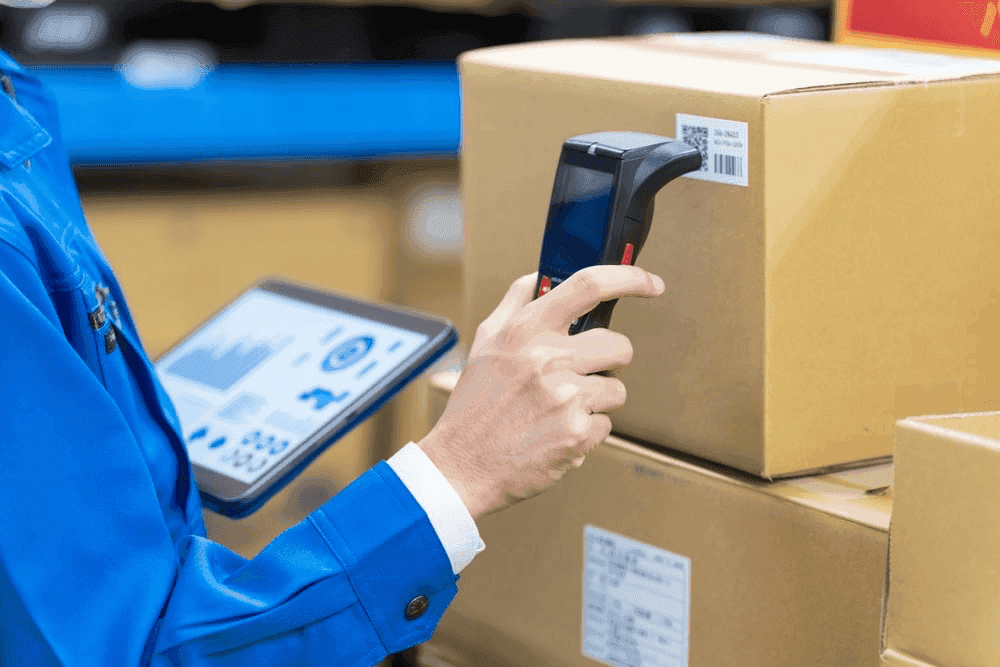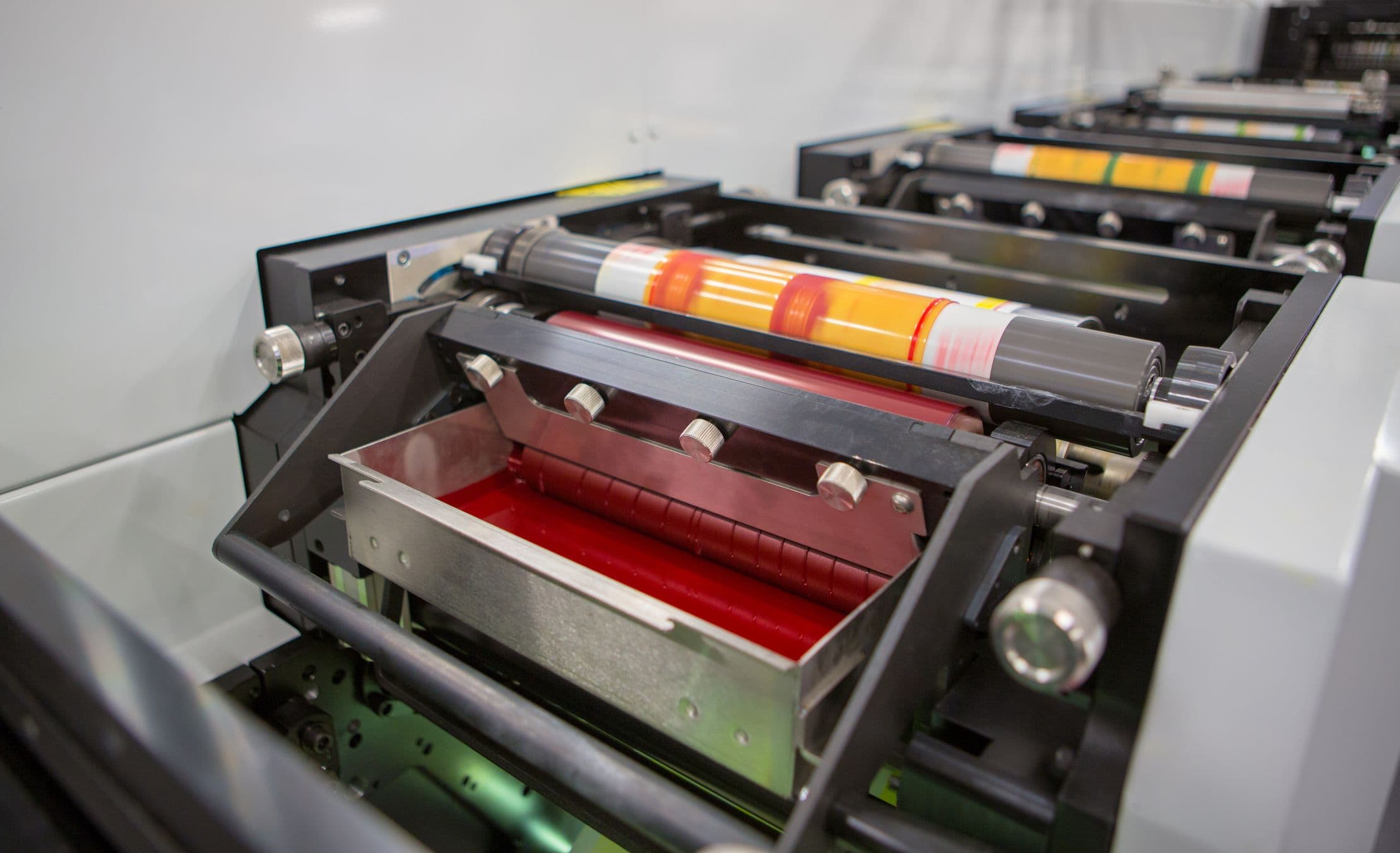Product traceability is the process of tracking products throughout the life of their production, all the way from obtaining the materials to processing and distributing them into the hands of consumers. There are two types of product traceability:
- Downstream traceability: tracing goods from manufacturer to consumer.
- Upstream traceability: enabling consumers to understand if a purchased product has been affected by a recent recall and to which vendor or manufacturer the affected product must be returned.
Manufacturing Traceability#
Traceability in manufacturing is crucial to any industry, enabling companies to be compliant with quality assurance, standards of hygiene, and safety regulations. Product traceability is also paramount to the aforementioned safe recall management and anti-counterfeiting, both of which normally utilize barcode labels as identifiers as well as serial numbers and batch codes.
Consumers and manufacturers alike want to know where products have been and how to identify and authenticate them. Product traceability codes enable product tracking throughout the whole of a product's life, providing valuable info pertaining to processes, manufacturers, storage, shipment, and more.
Logistics & Consumer/Supplier Demands#
Logistics and consumer/supplier demands have a tremendous bearing on product traceability and how it is regulated.
The FDA, for example, defines “traceability” as including the tracing of the history, application/location of a product, and the origination of said product’s parts and materials. They have staunch procedures for tracing a product’s processing history and distribution in order to track it throughout all of the supply chain stages.
The FDA’s Drug Supply Chain Security Act places hefty obligations upon pharmacies and drug wholesalers stating that they must provide information related to the number of specific drugs received, batch identifiers, the quantity supplied, and expiration/transaction dates. There must also be a detailed log of processes and phases along the supply chain in regard to each individual product.
The 22205 International Standard#
The ISO (International Organization for Standardization) generated the 22205 International Standard for various sectors requiring a higher level of traceability stating that each would need to establish a system for product identification and status.
This is where automated product traceability comes into play as an increasing number of stakeholders today are requiring a detailed breakdown of each and every phase of the supply chain through which a product travels. As a result, traceability tools need to record info with detailed accuracy and at record speeds.
While businesses have historically utilized QR codes or barcodes in goods receipts paired with SKUs for warehouse dispatch practices, such methods are complex and time-consuming.
Thankfully, technology seems to advance at warp speed with tools such as RFID, allowing for more streamlined processes and increased productivity.
Managing Product Traceability without Compromising Warehouse Efficiency#
The solution: automate the processes. At the end of the day, warehouse automation enormously reduces mistakes, resulting in higher quality and more effective services for consumers. Implementing a warehouse management system only makes sense and can be done in phases, resulting in crucial brand protection and consumer safety.


